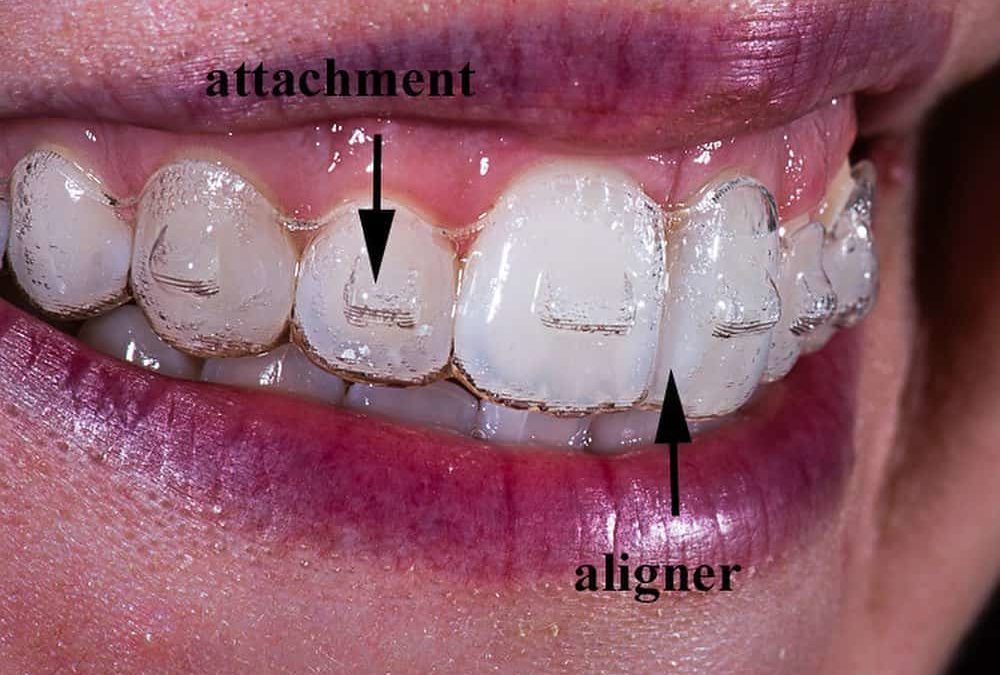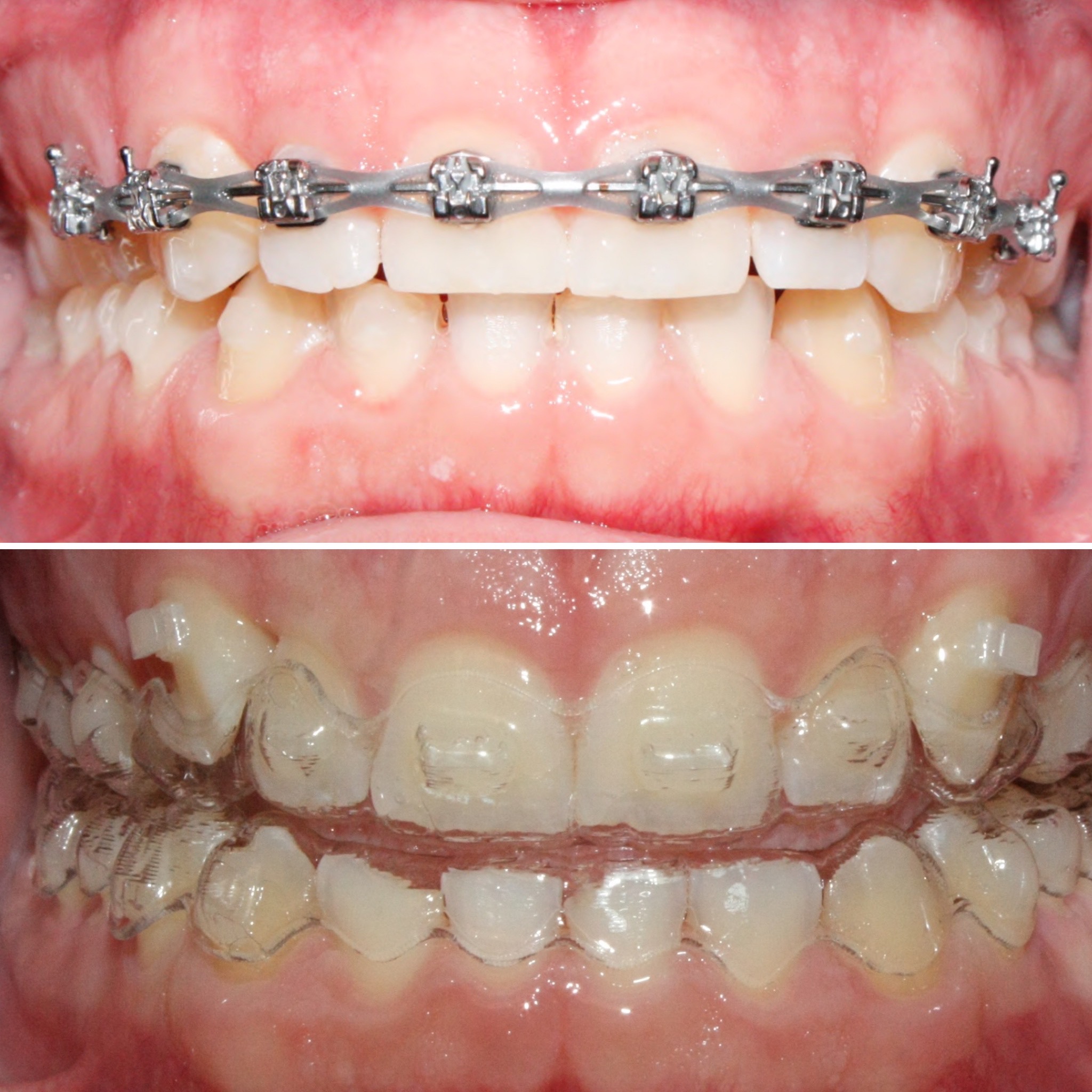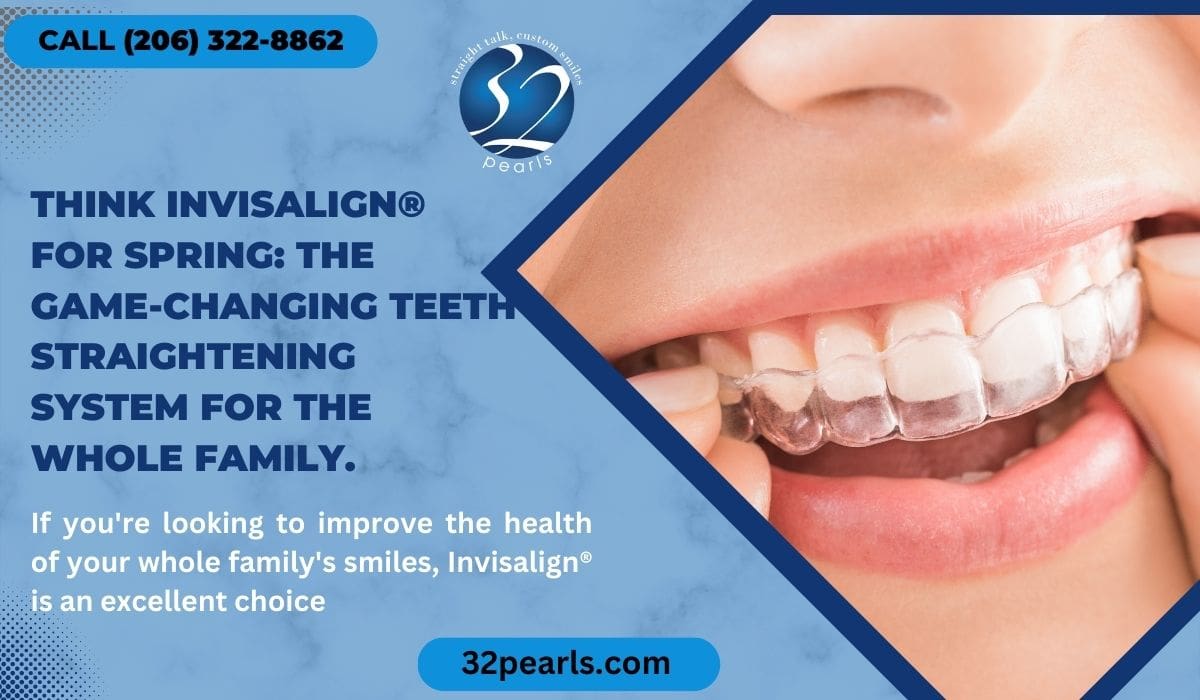Invisalign for Teenagers: A Modern Solution to Straightening Young Smiles
Wiki Article
Invisalign vs. Typical Dental braces: Which Option Is Right for You?
When thinking about orthodontic treatment, the selection between Invisalign and standard braces provides numerous crucial elements that merit careful examination. Invisalign offers a very discreet option with removable aligners, while conventional dental braces provide a more visible yet reliable service for severe imbalance. Each alternative incorporates distinct benefits and drawbacks related to looks, convenience, treatment period, and expense. Comprehending these nuances is important for making a notified decision that straightens with your individual preferences and way of life. The inquiry remains: which alternative will best satisfy your orthodontic requirements and expectations?Introduction of Treatment Choices

In comparison, traditional braces consist of steel brackets and wires that are bonded to the teeth. This approach applies continuous pressure with time to achieve placement. While effective for intricate orthodontic problems, traditional dental braces need regular sees for changes and can pose difficulties in maintaining dental hygiene as a result of the problem of cleaning up around wires and braces.
Both choices have their merits, and the option typically pivots on details oral problems, way of living choices, and client conformity. Eventually, seeking advice from an orthodontic professional is essential for establishing one of the most ideal therapy strategy tailored to private needs. Understanding the nuances of each alternative can significantly affect the total success of orthodontic therapy.
Visual Factors To Consider
A considerable aspect influencing the selection in between Invisalign and conventional dental braces is the visual appeal each treatment provides. Invisalign aligners are crafted from clear plastic, making them virtually unseen when worn. This discreet look is especially attracting grownups and young adults that might really feel uneasy regarding their orthodontic therapy. The capacity to maintain an all-natural smile throughout the alignment procedure can dramatically boost the person's confidence in specialist and social setups.On the other hand, traditional braces contain metal braces and wires, which can be extra noticeable. While developments in orthodontic innovation have actually caused the growth of smaller braces and tinted elastics, standard dental braces still maintain an even more conspicuous account. For some individuals, the visibility of dental braces may prevent them from seeking needed treatment.
Eventually, the choice in between Invisalign and typical dental braces might depend upon individual preferences regarding looks. People who prioritize discretion typically favor Invisalign, while those that are less worried about presence might go with typical dental braces. Recognizing the visual ramifications of each option is important for making a notified decision that straightens with one's way of check this site out living and choices.
Convenience and Convenience

In terms of comfort, Invisalign aligners are detachable, allowing people to appreciate their preferred foods without limitation and preserve ideal oral health. Cleaning and flossing are streamlined, as the aligners can be secured throughout these routines, whereas standard dental braces need careful maneuvering around cables and brackets.
Furthermore, Invisalign's dynamic system permits for fewer orthodontic check outs. Clients generally receive several collections of aligners simultaneously, which can streamline the therapy process and lower time invested in the orthodontist's chair. In contrast, typical braces require normal changes, making them much less hassle-free for those with busy routines. Invisalign. In general, the convenience and ease of Invisalign make it an appealing selection for many people seeking orthodontic therapy.
Treatment Duration and Efficiency
While both Invisalign and standard braces work in correcting dental imbalances, the duration of therapy can vary significantly between both options. Usually, Invisalign therapy can take anywhere from 12 to 18 months, relying on the complexity of the case. The clear aligners function by gradually changing teeth into their wanted positions, and routine follow-ups with an orthodontist aid make sure progress continues to be on track.
On the other hand, traditional dental braces commonly call for a longer commitment, typically ranging from 18 months to three years. This is because of their set nature and making use of cables and brackets, which can be a lot more reliable for complex instances and severe imbalances (Invisalign). The treatment effectiveness of traditional dental braces is well-documented, as they permit Visit Your URL specific changes and higher control over tooth movement
Ultimately, the option in between Invisalign and conventional braces may depend upon both the awaited therapy duration and the particular dental issues available. Consulting with an orthodontist is essential, as they can supply tailored referrals based upon individual demands, guaranteeing the selected technique straightens with desired outcomes and timeframes.
Cost Contrast and Insurance Policy Options
Cost plays a substantial important source role in the decision-making procedure for individuals considering orthodontic therapy, whether going with Invisalign or standard dental braces. Typically, the price of Invisalign ranges from $3,000 to $8,000, while conventional braces commonly set you back in between $2,000 and $6,000. Factors influencing these prices consist of the complexity of the case, the period of treatment, and geographical location.Several oral insurance coverage plans offer partial protection for orthodontic treatments, but the specifics can vary widely. Typically, traditional braces may be much more often covered by insurance strategies contrasted to Invisalign, which some insurance firms categorize as an aesthetic procedure.
Furthermore, numerous orthodontic techniques offer versatile settlement strategies, making both therapy options much more available. Patients must ask about potential financing choices and discounts for in advance settlements. Assessing the total cost, consisting of insurance advantages and payment plans, is important for making a notified decision that aligns with both visual preferences and budget plan factors to consider.

Conclusion
In recap, the selection in between Invisalign and conventional dental braces depends upon multiple elements, consisting of aesthetic preferences, convenience, therapy duration, and cost. Invisalign provides a discreet, detachable option that promotes dental hygiene and dietary versatility, while traditional dental braces may be better for complex oral concerns and usually come with a lower price factor. Ultimately, examination with an orthodontist is important to analyze specific scenarios and establish the most ideal therapy option for accomplishing optimal oral positioning.When taking into consideration orthodontic therapy, the option between Invisalign and traditional braces provides a number of essential factors that warrant cautious evaluation.Contrasting Invisalign and traditional braces reveals unique therapy choices for orthodontic correction.While both Invisalign and conventional braces are reliable in remedying dental misalignments, the period of treatment can differ considerably in between the 2 options.Cost plays a substantial function in the decision-making procedure for people thinking about orthodontic treatment, whether choosing for Invisalign or traditional dental braces.In recap, the selection in between Invisalign and traditional braces pivots on multiple factors, consisting of aesthetic choices, convenience, treatment period, and cost.
Report this wiki page